
Cycle Tyre Sizes Explained – Complete Guide to Bike Tyre Dimensions
Understanding cycle tyre sizes and cycle tyre dimensions is key to getting the best performance from your bike or e-bike. The right tyre dimensions improve comfort, control, and efficiency while ensuring safety on the road or trail. This guide explains common sizes like 700C, 26-inch, and ETRTO measurements to help you choose the perfect fit for your ride.
How to Read Cycle Tyre Size Markings
Understanding tyre markings is the first step to choosing the correct cycle tyre sizes for your bike or e-bike. These markings are printed on the tyre’s sidewall and show two key details: the tyre’s diameter (the size of the wheel it fits) and its width (how wide the tyre is when inflated).
The Basics – What the Numbers Mean (e.g. 700x25C, 26x2.1)
The first number refers to the diameter of the wheel, while the second represents the width of the tyre. Together, they help you determine compatibility with your rims and the type of riding you do—narrow tyres for speed and wider ones for comfort or off-road grip.
Example Breakdown:
-
700x25C → 700mm outer diameter, 25mm tyre width (common on road bikes and e-bikes).
-
26x2.1 → 26-inch wheel, 2.1-inch width (typical for mountain or hybrid bikes).
By checking these markings, you can easily select the right cycle tyre sizes, ensuring your replacement tyres fit perfectly and provide optimal performance.
Different Tyre Sizing Systems Explained
Cycle tyre sizes can look confusing because there are three main measurement systems: Metric (ETRTO/ISO), Imperial (inches), and the French system. Understanding how each works helps you find the right bike or e-bike tyre size and avoid compatibility issues.
1. Metric (ETRTO / ISO System)
The ETRTO (European Tyre and Rim Technical Organisation) or ISO system is the most accurate and widely used modern standard. It shows tyre sizes as two numbers separated by a dash, such as 25-622.
-
The first number (25) is the tyre width in millimetres.
-
The second number (622) is the diameter of the rim it fits.
This precise system eliminates confusion between similar-sounding sizes and ensures a perfect fit between tyre and rim.
2. Imperial (Inches System)
The Imperial system measures tyres in inches and is most common on mountain bikes and some hybrid e-bikes. Typical examples include 26", 27.5" (650B), and 29". Wider tyres (e.g., 2.3”) provide better comfort and grip for off-road riding, while narrower ones roll faster on smooth surfaces.
3. French System
The French system uses designations like 700C, 650B, and 650A. The number refers to the approximate outer diameter in millimetres, while the letter indicates the tyre width or type.
For example:
-
700C – Standard road bike size (equivalent to 622mm in ETRTO).
-
650B – Mid-size tyre common on gravel and touring bikes.
Though older, the French system is still widely recognised, especially for road bikes and e-bikes designed for urban use.
Common Cycle Tyre Sizes by Bike Type
Different bikes use different cycle tyre sizes to balance comfort, grip, and speed. Here’s a quick guide to typical cycle tyre dimensions for road, mountain, hybrid, and folding bikes — including popular e-bike tyre sizes.
Road Bikes

Most road bikes use 700C wheels with tyres from 700x23C to 700x32C. Wider 25mm–28mm tyres are now standard for better comfort and control, while endurance or e-road bikes may use up to 35mm. Some smaller bikes use 650B wheels. Always choose tubeless-ready tyres if your rims support them.
Mountain Bikes (MTB)

Common wheel sizes are 26", 27.5" (650B), and 29", with tyre widths between 2.0 and 2.6 inches. Larger 29-inch tyres roll faster and grip better off-road, while 27.5-inch models offer more agility. Fat bikes can go up to 5 inches wide for extreme terrain.
Hybrid and City Bikes
Typically fitted with 700C tyres ranging from 700x35C to 700x45C, these bikes prioritise comfort and stability. Some e-hybrids use 650B wheels with wider tyres for mixed surfaces and smoother rides.
Folding and Kids’ Bikes
Smaller wheels—16", 20", or 24"—make folding and kids’ bikes compact and easy to handle. These tyres focus on grip and safety over speed.
Tyre Width and Performance – How Size Changes Your Ride
Tyre width is a key factor when choosing the right cycle tyre sizes for your bike or e-bike. Wider tyres provide greater comfort, grip, and control—perfect for urban, gravel, or off-road cycling. They can run at lower pressures, improving traction and absorbing bumps for a smoother ride.
Narrower tyres, common in road cycling, focus on speed and efficiency by reducing rolling resistance on smooth surfaces. With the growing popularity of tubeless-ready designs and wider road tyres, riders can now enjoy an ideal balance between comfort, performance, and durability when selecting the best cycle tyre sizes for their needs.
Choosing the Right Cycle Tyre Size for Your Bike
Selecting the correct cycle tyre size is essential for comfort, safety, and performance. The right fit ensures smoother rides, better handling, and improved rolling efficiency for any type of bike — whether it’s a road, hybrid, mountain, or e-bike. Understanding cycle tyre sizes helps you make informed upgrades and avoid common fitting mistakes.
Step 1 – Check Current Tyre Sidewall
Look at the numbers printed on your tyre’s sidewall (for example, 700x28C or 25-622). These markings indicate your tyre’s width and diameter — your starting point for choosing the correct cycle tyre size. Always double-check these details before ordering replacements.
Step 2 – Match Rim Width and Diameter (ETRTO)
The ETRTO system provides the most accurate sizing for modern bikes. The second number (like 622 in 25-622) must match your rim diameter exactly, while the first number shows the tyre width. This ensures the new tyre fits your wheel safely and performs efficiently.
Step 3 – Consider Terrain and Riding Style
Different cycle tyre sizes work best for different terrains. Narrow tyres (23–28mm) are ideal for road cycling and speed, while wider tyres (35mm+) are better for gravel, trails, or city commutes. For e-bikes, slightly wider tyres offer added comfort, grip, and stability.
Step 4 – Confirm Frame Clearance
Always check your bike’s frame and fork clearance before fitting wider tyres. Insufficient space can cause rubbing and reduce performance.
Pro Tip: When upgrading, increase width gradually (by 2–4mm) to ensure your rims and frame can handle the new cycle tyre size safely and efficiently.
Cycle Tyre Size Conversion Chart (Metric / Imperial / ETRTO)
This cycle tyre size conversion chart helps you easily compare cycle tyre sizes across metric (ETRTO) and imperial systems. Whether you ride a road bike, hybrid, MTB, or e-bike, using the correct cycle tyre size ensures optimal performance, safety, and comfort.
|
Common Tyre Size (Name) |
ETRTO (Metric) |
Diameter (Inches) |
Typical Use |
|
700x25C |
25-622 |
29" |
Road bike / e-bike |
|
27.5x2.1 |
54-584 |
27.5" |
Mountain bike (MTB) |
|
26x1.95 |
50-559 |
26" |
MTB / Hybrid bike |
|
20x1.75 |
47-406 |
20" |
Folding / Kids’ bike |
Understanding how cycle tyre sizes convert between different systems helps you choose the right fit for your bike. Always check the ETRTO measurement to ensure your new tyre matches your rim and delivers the best riding experience.
Conclusion
Choosing the correct cycle tyre sizes is crucial for safety, comfort, and peak performance on any bike or e-bike. Checking ETRTO numbers ensures precise fit and compatibility. The right cycle tyre dimensions enhance handling, efficiency, and overall ride quality. For e-bike riders, isinwheel electric bikes come with optimised tyre sizes designed to deliver maximum comfort, control, and reliability on every ride.
FAQs
What is a standard bicycle tyre size?
Standard sizes vary by bike: road bikes use 700C, MTBs use 26", 27.5", 29", and folding/kids’ bikes use 16" or 20". isinwheel e-bikes, like the U2 and M10, have optimised tyre sizes for comfort and control.
What does 700x28/32C mean?
“700” is the wheel diameter in mm, and “28/32C” is the tyre width. These cycle tyre sizes help ensure rim compatibility and ride comfort. For example, the U1 e-bike uses tyres suited for smooth urban riding.
What is the 105% rule in cycling?
The 105% rule ensures a tyre’s width or diameter does not exceed 105% of the rim’s recommended size. Following this helps maintain proper fit, handling, and performance when choosing cycle tyre sizes.
Are 622 and 700C the same?
Yes, 622mm (ETRTO) equals 700C. Models like U3 and UCity use 26" or 700C-compatible tyres for simple replacement and upgrades.
The Latest Posts
Explore isinwheel products
City E Scooter | Off-Road Scooter
Fastest Scooter | Kids Scooters




















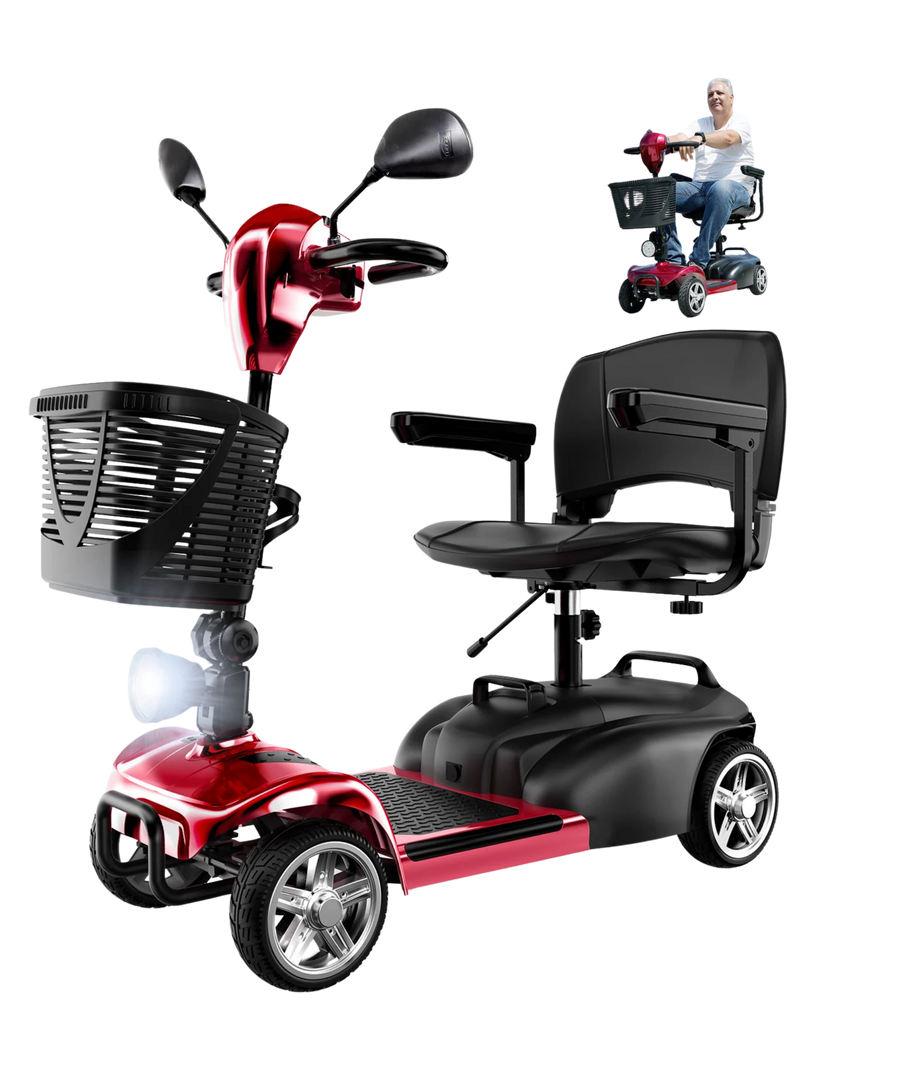
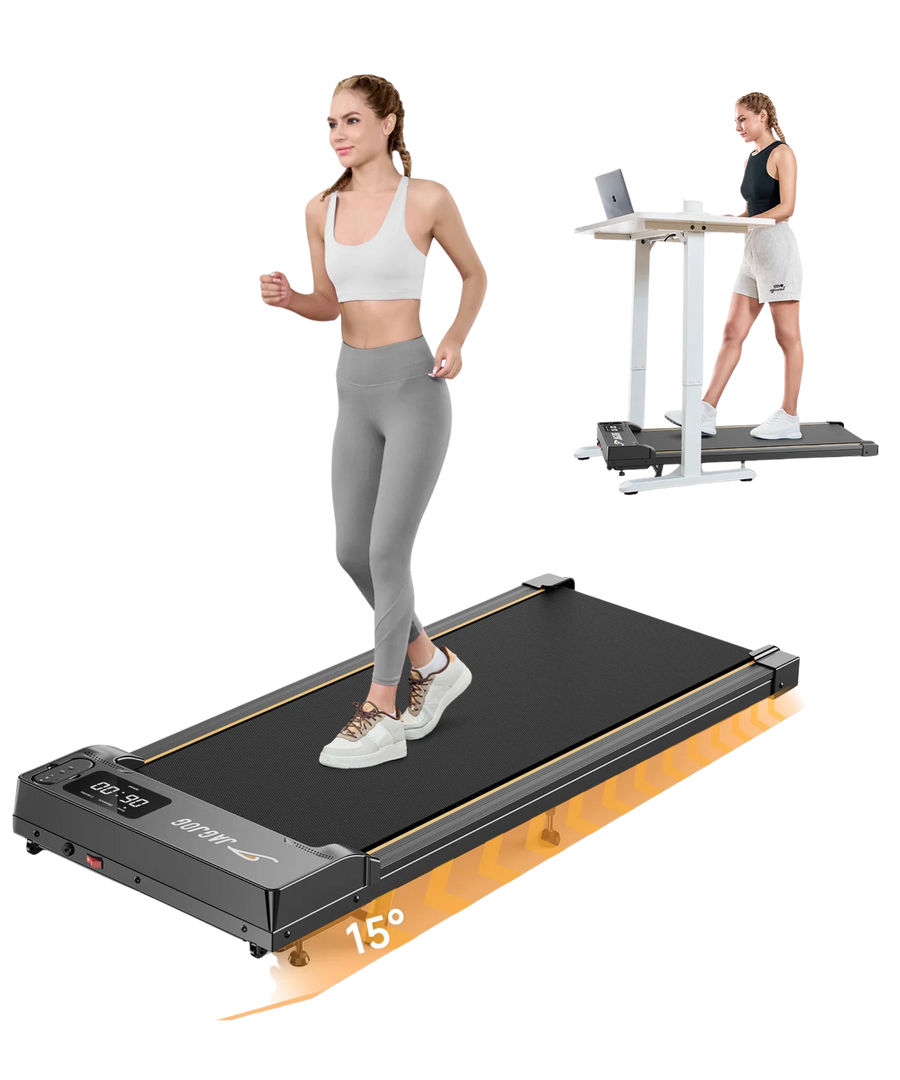

























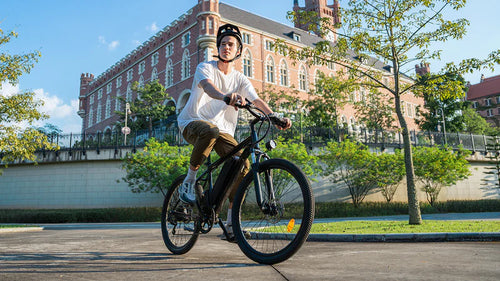
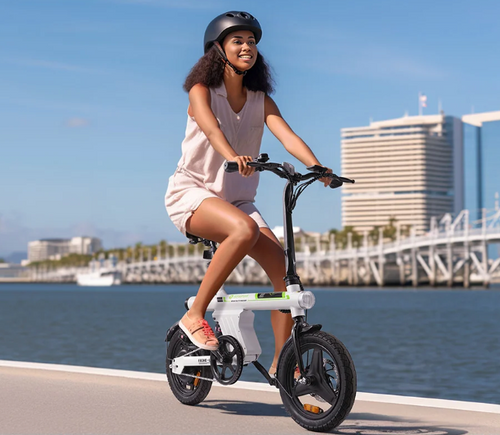



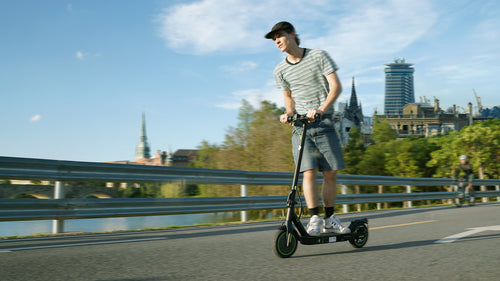


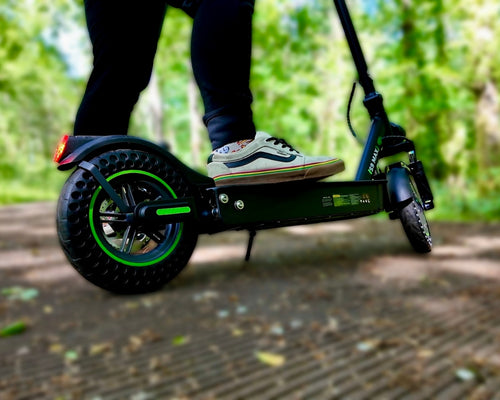
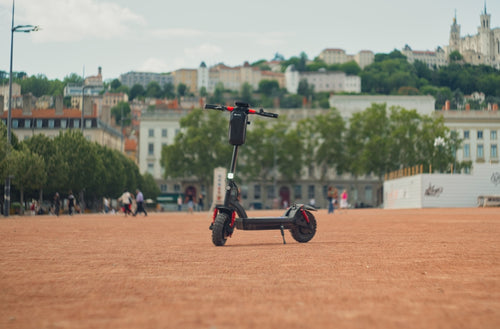
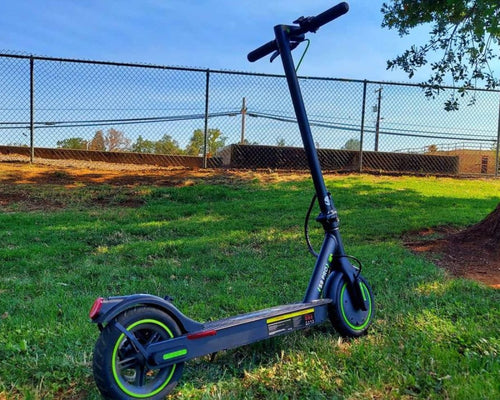





Leave a comment